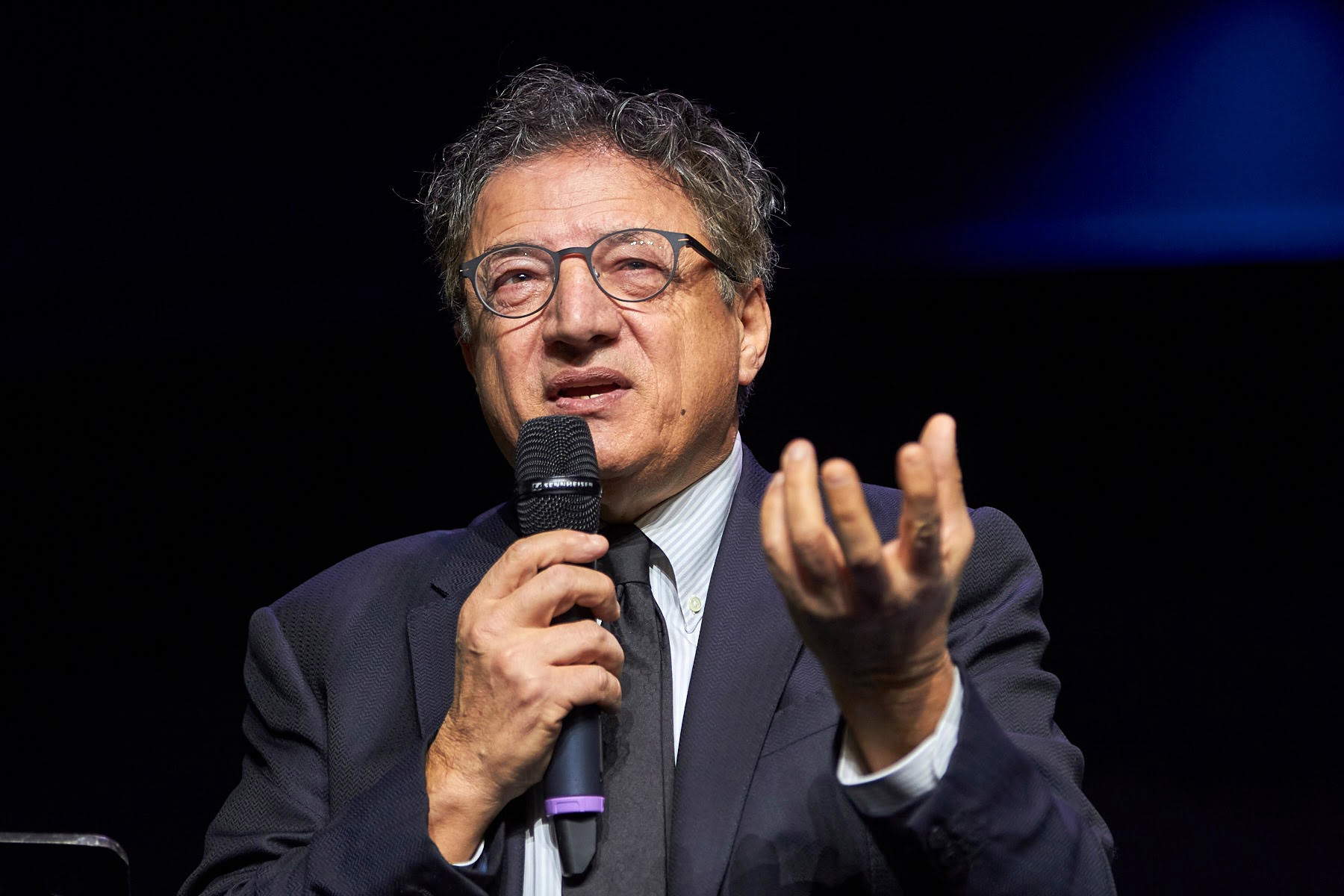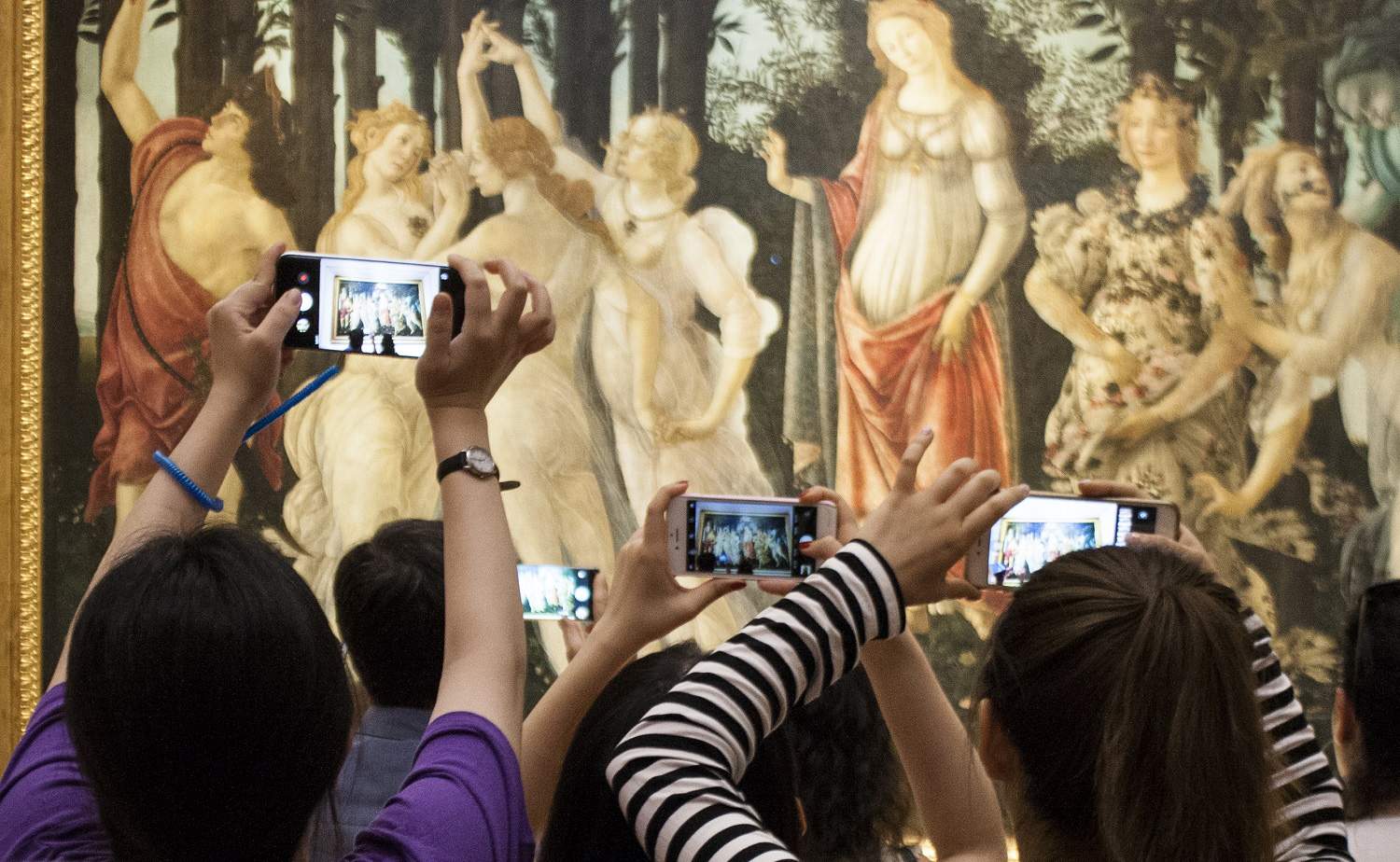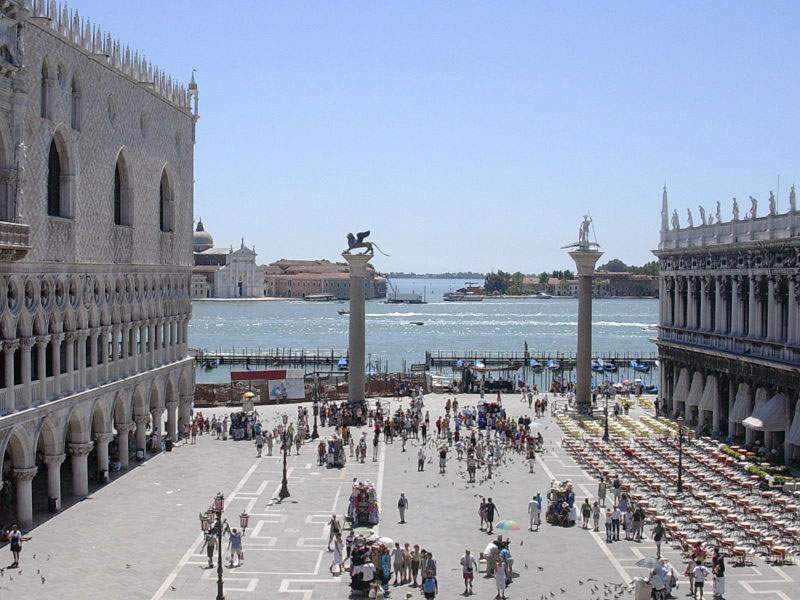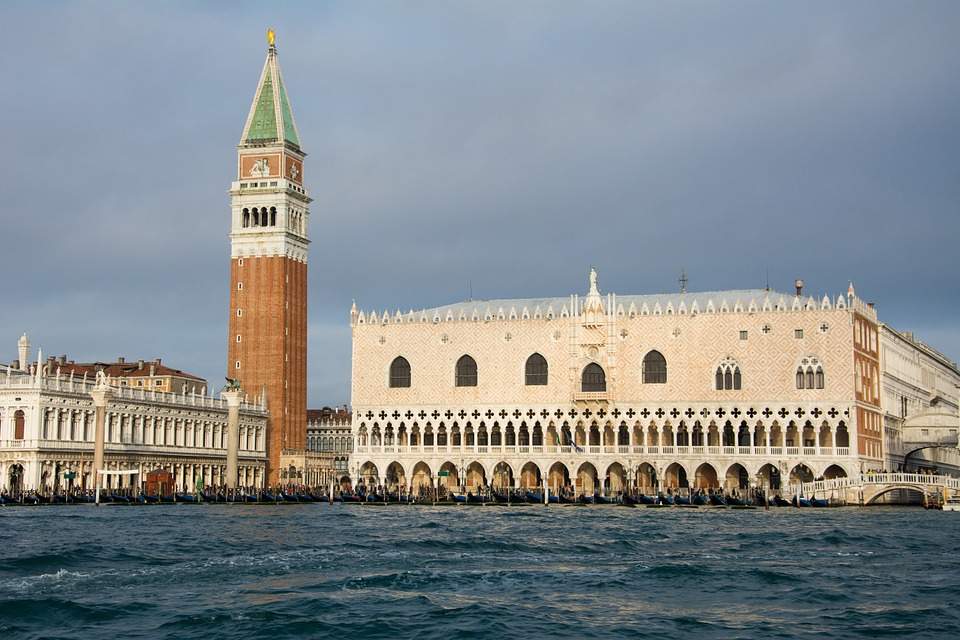Tickets, tickets or free offers to enter our cities: from Florence, where Mayor Dario Nardella is launching the idea of a donation from tourists arriving in the historic center, to Venice where the idea of a closed number is being studied, our cities where mass tourism bites the hardest are trying to curb it and are trying to imagine tools to govern tourist flows that are rapidly returning to pre-pandemic levels. That is, massive tourism that in some places is concentrated in a few square kilometers and becomes a problem, and no longer a resource, for the cities that must accommodate it. How do we evaluate these two ideas? We heard from Antonio Preiti, an expert in collective social behavior and director of Sociometrica, a company that deals with studies and research in the field of tourism, culture and territorial economy (with a past as Research Director at Censis), contacted by Finestre Sull’Arte to get his opinion on the proposals currently under study.

AL. Director, those of Florence and Venice are two ideas launched at the same time and that seem similar.
AP. They are two different approaches and ways of approaching the issue. I agree with the one from Florence: asking for a contribution for the city from those who use it is fine, and it happens in other countries, in London for example the entrance to museums is not charged but they still ask visitors for a contribution for the maintenance of the art place visited. So I would call Mayor Nardella’s proposal a ’kind’ measure.
Florence city of kindness... what about Venice instead?
For Venice the problem is difficult to solve because any constraint is a vulnus to the possibility for everyone to visit the city. You have to figure out how to select people.
What risks do you see?
I will preface this by saying that Venice is a unique case in the world with a special dimension that cannot be compared to that of other cities, just think of the fact that it is an island and has tourism that does not stay within these boundaries. If it becomes a bureaucratic thing or is perceived as a “punishment” for those who do not have enough money to enter or if it has an anti-tourist tone, it is wrong. If, on the other hand, it is the way to regulate flows according to the best enjoyment of the city, with due flexibility it can be good but we need to see the criteria that will be chosen for the selection at entry.
What would you think about?
It would serve formula that nurtures desire for appreciation of the city and modulate the entrance ticket around the desire for that appreciation: the more one “appreciates” the city by taking advantage of museums or staying in hotels, for example, the less one has to “tax” this person for his or her entrance to the lagoon.
A ticket then, in its assessments, that distinguishes between person and person, a fee charged flexibly according to each person’s behavior in the city?
I would establish criteria not related to income but to the tourist dimension; the economic criterion is the most disliked. We would need criteria more related to tourism: those who do not sleep and see museums and visit Venice only as an entertainment experience, a’selfie’ visit on the Rialto bridge, just to make a point, can also pay an entrance fee.



The crux then is the selection criteria?
Yes, certainly the central problem is that of the selection criterion of admissions, but I would consider it more fair, if limitation there must be, a temporary limitation of admissions in certain cases: some method should be studied whereby a possible restriction on entry is triggered only when saturation limits are exceeded, for example beyond a certain number of people or in a stable way on certain days when there is expected to be a full house such as Saturdays or Sundays. Doing so would make the system as effective as it is flexible. Because charging when the limits of sustainability are not reached makes no sense.
Broadening your view of the phenomenon of tourism, which is in danger of becoming a problem rather than a resource in certain locations, how do you see it?
It is necessary to go to the roots of the phenomenon, to pay attention to the causes of over tourism. For example, think of the case of Rome: the number of hotels in the capital has grown less than 10 percent in 10 years while tourism, data as of 2019, has grown 40 percent. And there is a 30% undetected, undeclared tourism. If hotel beds have not grown and tourism has, one understands that the problem of over tourism lies elsewhere.
The famous “hit and run tourism?”
Talking about hit-and-run tourism as it is often done does not make sense. The hit and run that one would like to attribute to an American who comes to Italy and stays two days in Venice, two in Florence and two in Rome does not exist. For someone coming from a country of that size, on the other side of the planet, going from Rome to Florence in an hour and a half is considered an urban move.
Yes, by their standards these distances are not long-distance.
From Paris to Eurodisney, for example, takes an hour. In no city in the way is the average stay 5 nights, it is usually between 2 and 3.
So can’t we chase a change in international tourism habits based on this assumption?
For international tourism this low stay is normal, even I would try to see 3 cities in a week’s vacation and not just one when they are so close and equally attractive.
Warning: the translation into English of the original Italian article was created using automatic tools. We undertake to review all articles, but we do not guarantee the total absence of inaccuracies in the translation due to the program. You can find the original by clicking on the ITA button. If you find any mistake,please contact us.